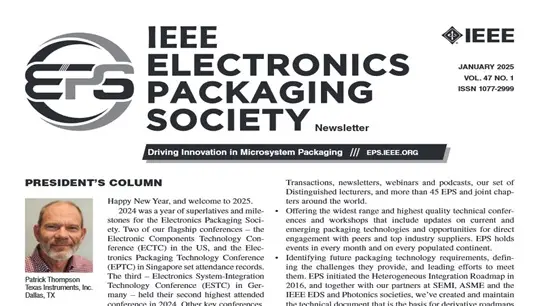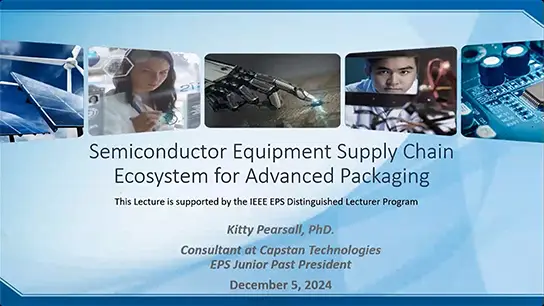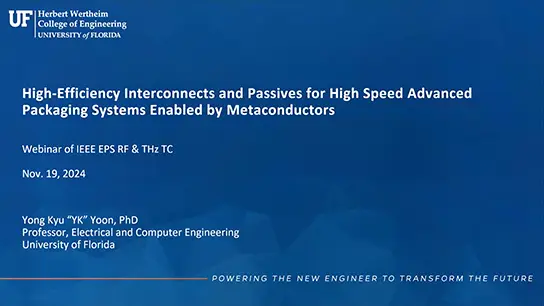-
Members: FreeEPS
IEEE Members: Free
Non-members: FreeLength: 00:57:39
02 Nov 2023
Abstract: This Tutorial covers a number of advanced cooling strategies for high-power assemblies, with heat fluxes in the range of 1,000 W/cm2. Heterogeneous Integration poses several significant challenges for thermal management at multiple length scales ranging from heat extraction from hot spots, heat transfer through multiple layers of materials, different target temperatures for specific devices/materials, to heat rejection to a system cooling solution
or the ambient. This applies to system-in-packages, including 2D, 2.5D, and 3D subsystems and the special needs of photonic devices. We need to consider the various thermal paths within packages to dissipate the generated heat, how to apply modeling and simulation, and advanced cooling methods including conduction, liquid cooling, heat pipes, and more exotic designs. It is important to identify and develop a detailed understanding of the capabilities and limitations of key thermal technologies that meet or exceed these demands so that they are available well in advance of need and can be implemented if they meet integration cost envelopes. We will consider thermal management at the die level, and at the Package integration/System-in-Package (SIP)/module level. We will focus on emerging challenges and opportunities for thermal modeling of advanced 3D IC systems; challenges and characterization of hotspot modeling; thermal modeling for High Bandwidth Memory (HBM) and integrated voltage regulators; and innovative methods for manufacturing silicon microchannels. Then, we will consider an advanced design example. Sustainable and efficient operation of US data centers, currently consuming ~100 billion kWh/year, requires transformative and innovative technologies. Nearly 20% of the total power is used to run the data center refrigeration cooling infrastructure, which is extremely sensitive to climate and environmental conditions. The ever-increasing prevalence of higher-power processors aggravates cooling/energy challenges. It is expected that reducing the thermal resistance of the device junction to coolant by 10×, will pave the way for elimination of refrigeration cooling systems, resulting in considerable energy saving in the data centers.
In the case of two-phase flow, flow instability and large superheat are major concerns that must be addressed: pressure drop, hotspot cooling, larger chip areas, and liquid films on heat walls. The enhanced cooling IceCool Fundamentals initiative by DARPA, and several ARPA-e recent initiatives, resulted in development of a series of remarkable thermal management solutions for very challenging performance metrics targets.


